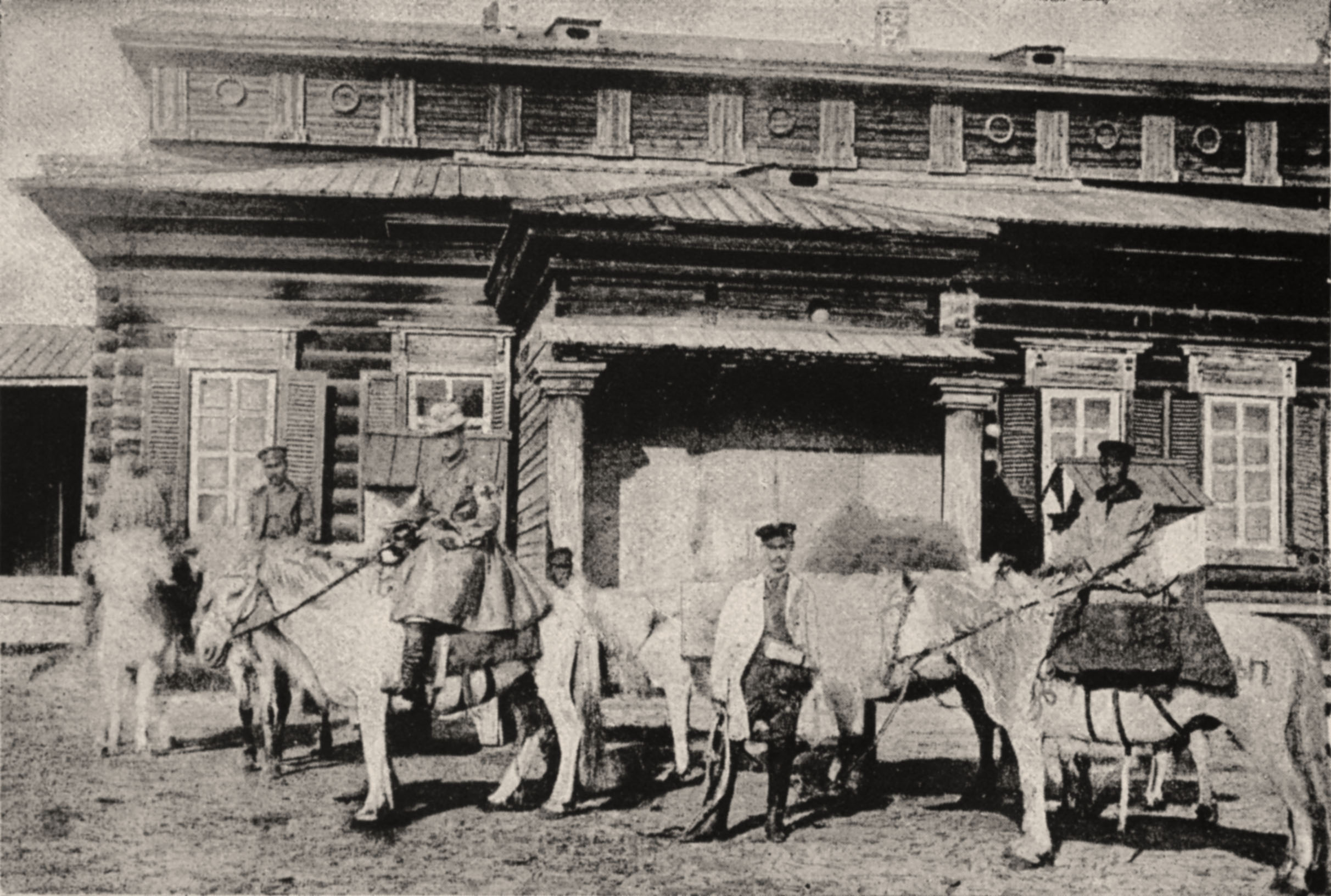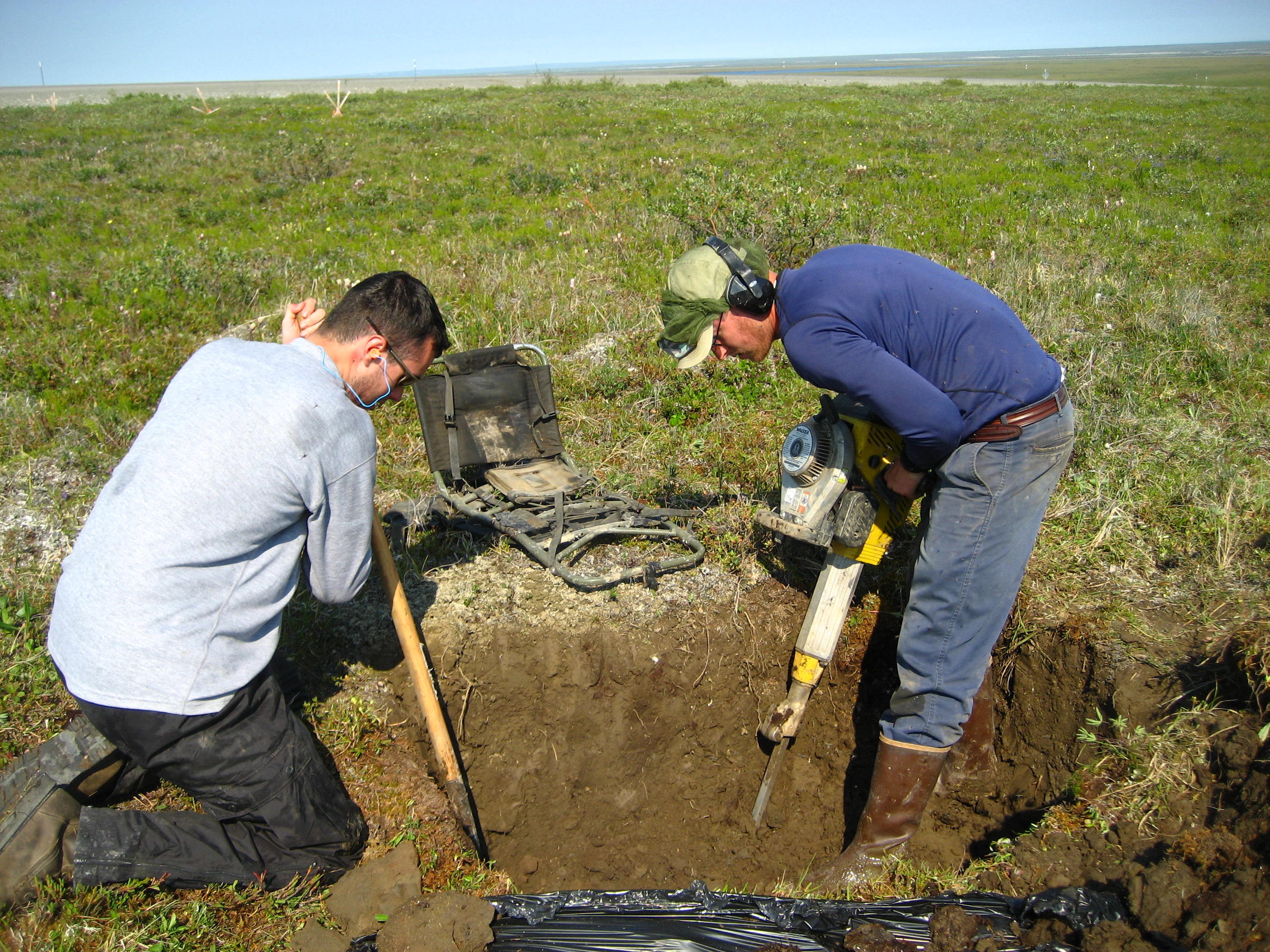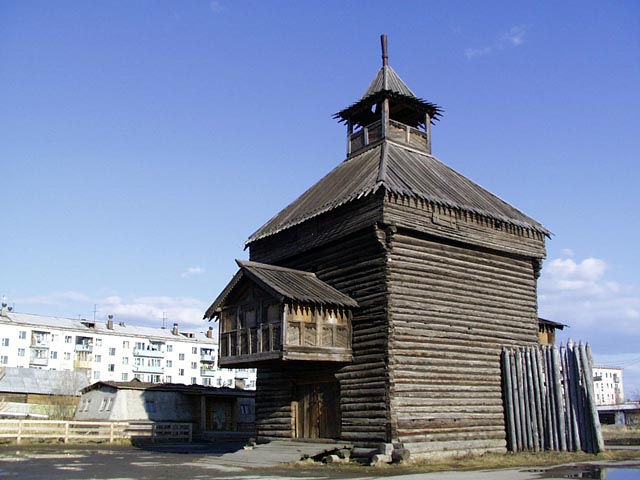|
Yakutsk
Yakutsk ( ) is the capital and largest city of Sakha, Russia, located about south of the Arctic Circle. Fueled by the mining industry, Yakutsk has become one of Russia's most rapidly growing regional cities, with a population of 355,443 at the 2021 census. Yakutsk has an average annual temperature of , winter high temperatures consistently well below , and a record low of has been recorded.Погода в Якутске. Температура воздуха и осадки. Июль 2001 г. (in Russian) As a result, Yakutsk is the coldest ''major city'' in the world (although a number of smaller towns in that region are slightly colder). Yakutsk is also the largest city located in [...More Info...] [...Related Items...] OR: [Wikipedia] [Google] [Baidu] |
Sakha Republic
Sakha, officially the Republic of Sakha (Yakutia), is a republics of Russia, republic of Russia, and the largest federal subject of Russia by area. It is located in the Russian Far East, along the Arctic Ocean, with a population of one million. Sakha comprises half of the area of its governing Far Eastern Federal District, and is the world's List of country subdivisions by area, largest country subdivision, covering over 3,083,523 square kilometers (1,190,555 sq mi). ''Sakha'' following regular sound changes in the course of development of the Yakut language) as the Evenk and Yukaghir exonyms for the Yakuts. It is pronounced as ''Haka'' by the Dolgans, Dolgan language, whose language is a close relative of the Yakut language.Victor P. Krivonogov, "The Dolgans’Ethnic Identity and Language Processes." ''Journal of Siberian Federal University'', Humanities & Social Sciences 6 (2013 6) 870–888. Geography * ''Borders'': ** ''internal'': Chukotka Autonomous Okrug (660 km) ( ... [...More Info...] [...Related Items...] OR: [Wikipedia] [Google] [Baidu] |
Yakutsk Airport
Platon Oyunsky Yakutsk International Airport (, ; , ''Mezhdunarodnyj aeroport Yakutsk imeni Platona Ojunskogo'') is an airport in Yakutsk, Russia. It has one runway (an older runway serves as a parking area for disused aircraft) and has a capacity of 700 passengers per hour. The airport is the hub for five regional airlines, including Yakutia Airlines and Polar Airlines. Construction of the airport started in 1931, and it was used as a stopover on the ALSIB Alaska-Siberia air route for American planes flying to Europe during World War II. The present international terminal was built in 1996. The airport serves as a diversion airport on Polar route 4. , the airport has been used by Boeing to test cold weather starting of its aircraft. The airport is named after Platon Oyunsky, a Yakut writer killed during the Great Purge. Airlines and destinations Passenger Cargo Accidents and incidents Before 1992, Aeroflot had a monopoly on Soviet domestic flights, and had a lot o ... [...More Info...] [...Related Items...] OR: [Wikipedia] [Google] [Baidu] |
Yakuts
The Yakuts or Sakha (, ; , ) are a Turkic ethnic group native to North Siberia, primarily the Republic of Sakha in the Russian Federation. They also inhabit some districts of the Krasnoyarsk Krai. They speak Yakut, which belongs to the Siberian branch of the Turkic languages. Etymology According to Alexey Kulakovsky, the Russian word was taken from the Evenki , while Marjorie Mandelstam Balzer claims the Russian word is actually a corruption from the Tungusic form. According to ethnographer Dávid Somfai, the Russian ''yakut'' derives from the Buryat ''yaqud'', which is the plural form of the Buryat name for the Yakuts, ''yaqa''. The Yakuts call themselves , or (Yakut: , ) in some old chronicles. All of these are derived from a word related to Turkish '' yaka'' (geographical edge, collar) referring to the Yakuts' remote position in Siberia. Origin Early scholarship An early work on the Yakut ethnogenesis was drafted by the Russian Collegiate Assessors I. Evers an ... [...More Info...] [...Related Items...] OR: [Wikipedia] [Google] [Baidu] |
Lena River
The Lena is a river in the Russian Far East and is the easternmost river of the three great rivers of Siberia which flow into the Arctic Ocean, the others being Ob (river), Ob and Yenisey. The Lena River is long and has a capacious drainage basin of ; thus the Lena is the list of rivers by length, eleventh-longest river in the world and the longest river entirely within Russia. Geographically, permafrost underlies all the Lena River's catchment and it is continuous in over 75 percent of the basin. Course The Lena originates at of elevation in the Baikal Mountains, west of Lake Baikal, south of the Central Siberian Plateau. The Lena flows north-east and traverses the Lena-Angara Plateau, then is joined by three tributary rivers: (i) the Kirenga, (ii) the Vitim (river), Vitim, and (iii) the Olyokma. From Yakutsk, the Lena River enters the Central Yakutian Lowland and flows north until joined by the eastern tributary, the Aldan (river), Aldan River, and the western tributary, the ... [...More Info...] [...Related Items...] OR: [Wikipedia] [Google] [Baidu] |
Permafrost
Permafrost () is soil or underwater sediment which continuously remains below for two years or more; the oldest permafrost has been continuously frozen for around 700,000 years. Whilst the shallowest permafrost has a vertical extent of below a meter (3 ft), the deepest is greater than . Similarly, the area of individual permafrost zones may be limited to narrow mountain summits or extend across vast Arctic regions. The ground beneath glaciers and ice sheets is not usually defined as permafrost, so on land, permafrost is generally located beneath a so-called active layer of soil which freezes and thaws depending on the season. Around 15% of the Northern Hemisphere or 11% of the global surface is underlain by permafrost, covering a total area of around . This includes large areas of Alaska, Canada, Greenland, and Siberia. It is also located in high mountain regions, with the Tibetan Plateau being a prominent example. Only a minority of permafrost exists in the Southern Hemi ... [...More Info...] [...Related Items...] OR: [Wikipedia] [Google] [Baidu] |
Pyotr Beketov
Pyotr Beketov (, c. 1600 – c. 1661) was a Cossack explorer of Siberia and founder of various fortified settlements in the region, which later developed into modern cities such as Yakutsk, Chita, and Nerchinsk. Beketov started his military service as a guardsman ( strelets) in 1624 and was sent to Siberia in 1627. He was appointed Enisei voevoda and proceeded on his first voyage in order to collect taxes from Zabaykalye Buryats. He carried out his mission successfully and he was the first Russian to enter Buryatia and founded the first Russian settlement, Rybinsky Ostrog. Beketov was sent to the Lena River in 1631 and in the following year he and his Cossacks founded Yakutsk, which became a base for further expeditions eastward. He sent his cossacks to explore the Aldan River and further down the Lena, to found new fortresses, and to collect taxes from the locals. In 1640 he transported collected taxes to Moscow where at his arrival he was appointed Strelets and Cossack comma ... [...More Info...] [...Related Items...] OR: [Wikipedia] [Google] [Baidu] |
Magan Airport
Magan Airport (; , ''Mağan aeroporda'') serves the village of Magan, a few kilometers west of Yakutsk, in Russia. Until the early 1980s, Yakutsk/Magan was monitored as one of nine Arctic staging bases capable of handling the Tupolev Tu-22M The Tupolev Tu-22M (; NATO reporting name: Backfire) is a supersonic, variable-sweep wing, long-range strategic and maritime strike bomber developed by the Tupolev, Tupolev Design Bureau in the 1960s. The bomber was reported as being designated ... (Backfire) bomber.STRATEGIC ARMS LIMITATIONS RELATED ACTIVITIES SUMMARY REPORT (SANITIZED) June 1, 1980, CREST: CIA-RDP80T01355A000100140001-2, Central Intelligence Agency, Washington, DC. References |
Trewartha Climate Classification
The Trewartha climate classification (TCC), or the Köppen–Trewartha climate classification (KTC), is a climate classification system first published by American geographer Glenn Thomas Trewartha in 1966. It is a modified version of the Köppen–Geiger system, created to answer some of its deficiencies. The Trewartha system attempts to redefine the middle latitudes to be closer to vegetation zoning and genetic climate systems. Scheme Trewartha's modifications to the 1884 Köppen climate system sought to reclass the middle latitudes into three groups, according to how many months have a mean temperature of or higher: * ''C'' (subtropical)—8 or more months; * ''D'' (temperate)—4 to 7 months; * ''E'' ( boreal climate)—1 to 3 months. The tropical climates and polar climates remained the same as in the original Köppen climate classification. The "highland" climate is ambiguously defined. Newer users of KTC generally omit this option. Group A: Tropical climates This is ... [...More Info...] [...Related Items...] OR: [Wikipedia] [Google] [Baidu] |
Subarctic Climate
The subarctic climate (also called subpolar climate, or boreal climate) is a continental climate with long, cold (often very cold) winters, and short, warm to cool summers. It is found on large landmasses, often away from the moderating effects of an ocean, generally at latitudes from 50°N to 70°N, poleward of the humid continental climates. Like other Class D climates, they are rare in the Southern Hemisphere, only found at some isolated highland elevations. Subarctic or boreal climates are the source regions for the cold air that affects temperate latitudes to the south in winter. These climates represent Köppen climate classification ''Dfc'', ''Dwc'', ''Dsc'', ''Dfd'', ''Dwd'' and ''Dsd''. Description This type of climate offers some of the most extreme seasonal temperature variations found on the planet: in winter, temperatures can drop to below and in summer, the temperature may exceed . However, the summers are short; no more than three months of the year (but at least on ... [...More Info...] [...Related Items...] OR: [Wikipedia] [Google] [Baidu] |
Norilsk
Norilsk ( rus, Нори́льск, p=nɐˈrʲilʲsk) is a closed city in Krasnoyarsk Krai, Russia, located south of the western Taymyr Peninsula, around 90 km east of the Yenisei, Yenisey River and 1,500 km north of Krasnoyarsk. Norilsk is 300 km north of the Arctic Circle and 2,400 km from the North Pole. It has a permanent population of 176,735 as of 2024, and up to 220,000 including temporary inhabitants. It is the second-largest city in the region after Krasnoyarsk. Since 2016, Norilsk's population has grown steadily. In 2017, for the first time, migration to the city exceeded outflow. In 2018, according to Krasnoyarskstat, natural population growth amounted to 1,357 people: 2,381 were born, and 1,024 died. It is the world's List of northernmost items#Cities and settlements, northernmost city with more than 180,000 inhabitants, and the second-largest city (after Murmansk) inside the Arctic Circle. Norilsk and Yakutsk are the only large cities in the continuous permafrost zon ... [...More Info...] [...Related Items...] OR: [Wikipedia] [Google] [Baidu] |
Siberia
Siberia ( ; , ) is an extensive geographical region comprising all of North Asia, from the Ural Mountains in the west to the Pacific Ocean in the east. It has formed a part of the sovereign territory of Russia and its predecessor states since the lengthy conquest of Siberia, which began with the fall of the Khanate of Sibir in 1582 and concluded with the annexation of Chukotka in 1778. Siberia is vast and sparsely populated, covering an area of over , but home to roughly a quarter of Russia's population. Novosibirsk, Krasnoyarsk, and Omsk are the largest cities in the area. Because Siberia is a geographic and historic concept and not a political entity, there is no single precise definition of its territorial borders. Traditionally, Siberia spans the entire expanse of land from the Ural Mountains to the Pacific Ocean, with the Ural River usually forming the southernmost portion of its western boundary, and includes most of the drainage basin of the Arctic Ocean. I ... [...More Info...] [...Related Items...] OR: [Wikipedia] [Google] [Baidu] |







